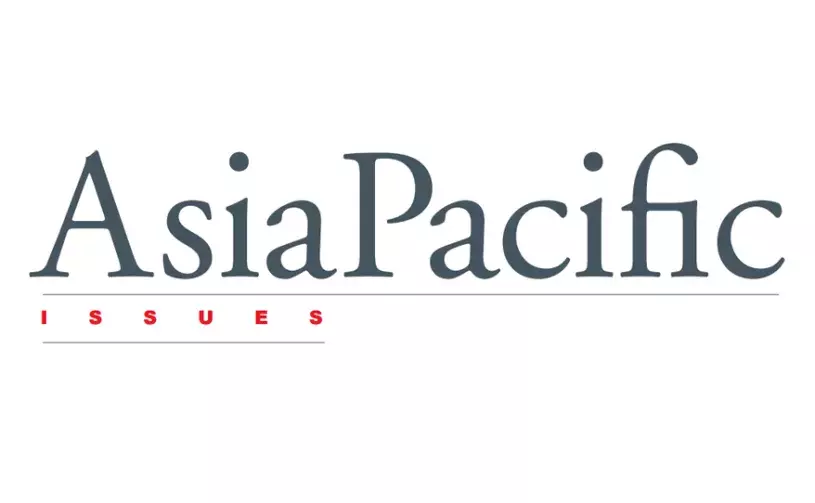Error message

Over the next 40 years, the most important demographic trend for the economies of the Asia Pacific region will be population aging. Caused primarily by declining birth rates, the shift in age structure will eventually result in populations with few children, not many workers, and many elderly people. So far, populations are growing older primarily in the region's high-income countries, but by 2050 a larger group of countries in the region will have aged dramatically. The rapid growth of elderly populations may bring two important national goals into conflict. The first is to develop socioeconomic systems that will provide economic security to the growing number of old people. The second is to sustain strong economic growth. Achieving these two goals will require new policies, most importantly policies that encourage saving, investment in health and education to improve productivity, and well-functioning financial and labor markets.
The views expressed in this publication are those of the authors and not necessarily those of the Center.
Over the next 40 years, the most important demographic trend for the economies of the Asia Pacific region will be population aging. Caused primarily by declining birth rates, the shift in age structure will eventually result in populations with few children, not many workers, and many elderly people. So far, populations are growing older primarily in the region's high-income countries, but by 2050 a larger group of countries in the region will have aged dramatically. The rapid growth of elderly populations may bring two important national goals into conflict. The first is to develop socioeconomic systems that will provide economic security to the growing number of old people. The second is to sustain strong economic growth. Achieving these two goals will require new policies, most importantly policies that encourage saving, investment in health and education to improve productivity, and well-functioning financial and labor markets.
The views expressed in this publication are those of the authors and not necessarily those of the Center.







